Trekking to Hemkund Sahib, a holy site nestled in the Himalayas, requires some planning. First, you’ll need to reach Govindghat, the starting point for the hike. Flights to Jolly Grant Airport in Dehradun followed by a taxi or bus will get you there. Alternatively, trains to Rishikesh or Haridwar connect to Govindghat by road via buses or shared taxis. The final leg is a challenging 19-kilometer hike offering stunning mountain vistas. Expect 6-8 hours to complete the trek through forests, streams, and meadows. Remember, pilgrimage season (May to October) is crucial for your visit. Stay hydrated and take time to acclimatize to the high altitude for a safe and rewarding journey.
How to reach:
Reaching Hemkund Sahib, nestled in the Himalayas, requires a multi-step journey. First, travelers reach Govindghat, the trek’s starting point. They can either fly to Dehradun’s Jolly Grant Airport and take a taxi or bus to Govindghat, or arrive by train at Rishikesh or Haridwar, followed by a bus or shared taxi. The final leg is a challenging 19-kilometer trek offering breathtaking mountain vistas. Expect 6-8 hours to complete the hike through forests, streams, and meadows. Remember, plan your visit for the pilgrimage season (May-October) and prioritize hydration and altitude acclimatization for a safe and rewarding experience.
Suggested time:
Plan your visit to Hemkund Sahib between May and October to experience ideal trekking conditions. Summer brings mild temperatures, clear skies, and dry trails, perfect for outdoor adventures. This coincides with the pilgrimage season, allowing access to the holy site and its spiritual atmosphere. Avoid the monsoon season (July to September) with its heavy rain and potential landslides. Winter (November to April) brings heavy snowfall, making the region inaccessible. So, for a safe and enjoyable trek amidst the stunning Himalayas, aim for the summer months.
Must see places:
Brahma Kamal Garden: Hemkund Sahib
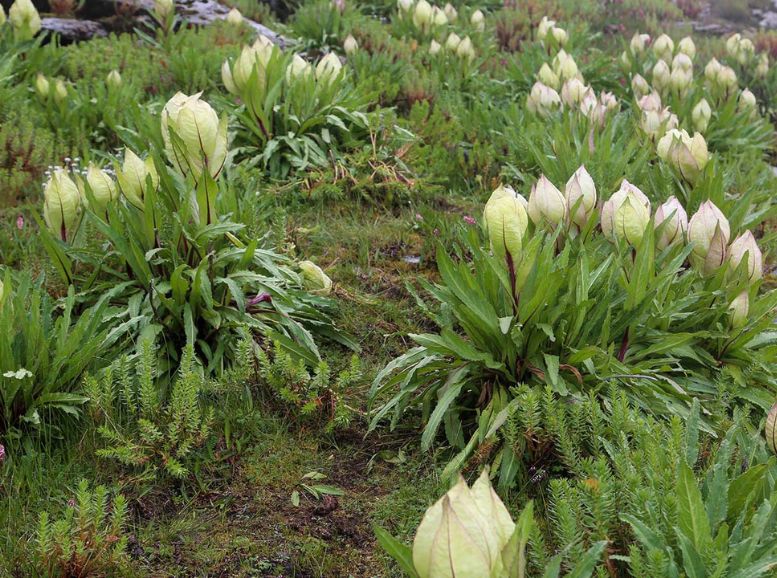
A hidden gem near Ghangaria, the Brahma Kamal Garden offers a glimpse into a botanical wonder. The elusive Brahma Kamal flower, believed to bring good fortune in Hindu mythology, blooms under the soft glow of the moon in this tranquil sanctuary. Witnessing its ethereal beauty and learning about its cultural significance is a truly unforgettable experience for visitors seeking a unique encounter with the Himalayas.
Hemkund Lake:
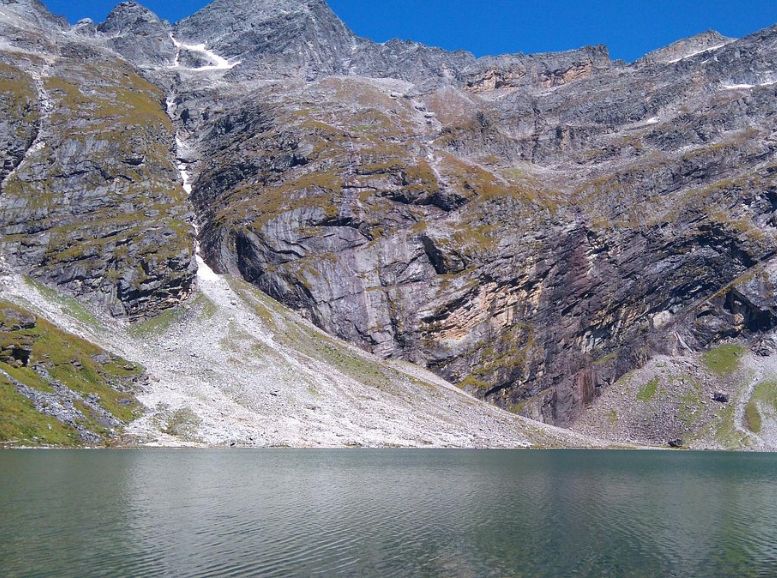
Hemkund Lake, a glistening jewel nestled beside the Gurudwara, reflects the majesty of the Himalayas. Towering snow-capped peaks and vibrant meadows frame its serene waters. This sacred lake serves as a place of solace for pilgrims and travelers alike. The tranquil atmosphere invites quiet reflection and spiritual introspection, fostering a deep connection with the surrounding beauty.
Bhundhar Valley:
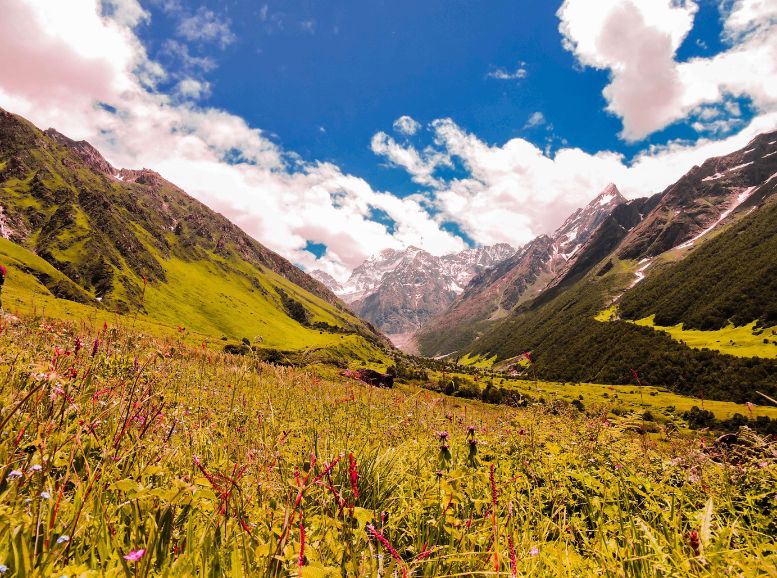
Bhundar Valley, a haven for trekkers, unveils a breathtaking panorama near Ghangaria. Towering, snow-clad peaks pierce the sky, while cascading waterfalls add a touch of dynamism to the pristine landscape. Lush meadows bursting with vibrant wildflowers carpet the valley floor. Hikers can traverse these alpine expanses, fully immersing themselves in the tranquility and natural beauty of the Himalayas.
Bharsar:
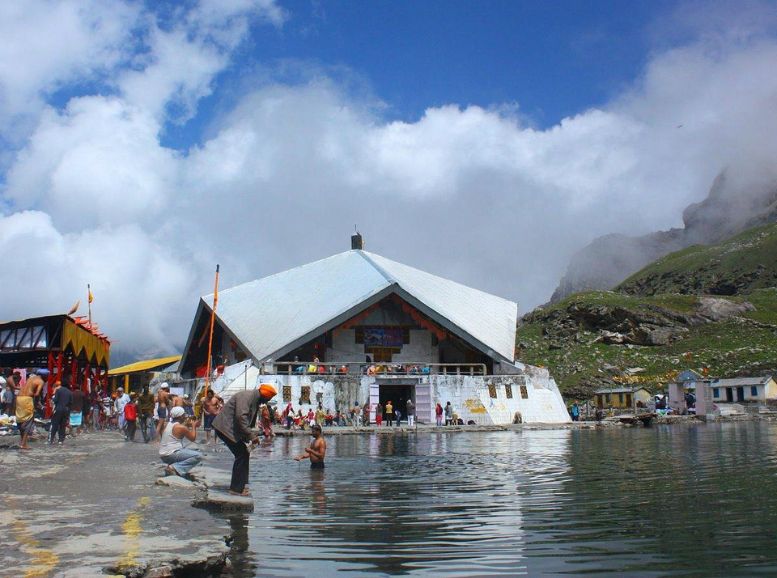
Bharsar, a hidden gem nestled in the Garhwal Himalayas, captivates visitors with its rustic charm and genuine hospitality. Quaint Garhwali architecture, with its unique stone houses and slate roofs, defines the village. Terraced fields drape the hillsides in a patchwork of emerald green, showcasing the harmony between the villagers and their environment. A strong sense of community spirit permeates Bharsar, inviting visitors to experience the rich cultural heritage of the region firsthand. Whether you seek to savor the simple pleasures of rural life, explore ancient temples steeped in history, or embark on peaceful walks through the verdant countryside, Bharsar offers an unforgettable experience.
Neelkanth Peak:
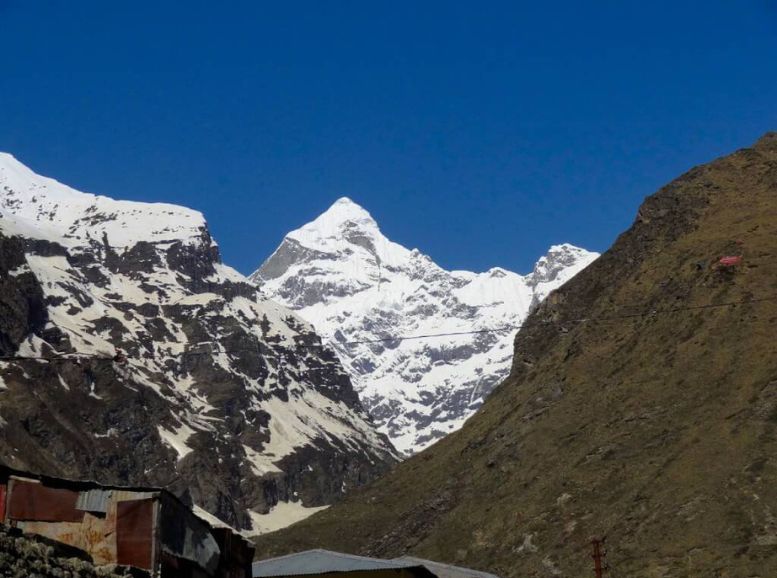
Neelkanth Peak, a titan of the Himalayas, reigns supreme over Hemkund Sahib. Its snow-capped crown and rugged slopes echo the legend of Lord Shiva’s blue throat, for which it’s named. This peak beckons experienced trekkers and mountaineers with its challenging terrain. The reward? Breathtaking panoramas encompassing the majestic Himalayan range and beyond, offering a glimpse into the heart of the “abode of snow”.
Bhavishya Badri Temple:
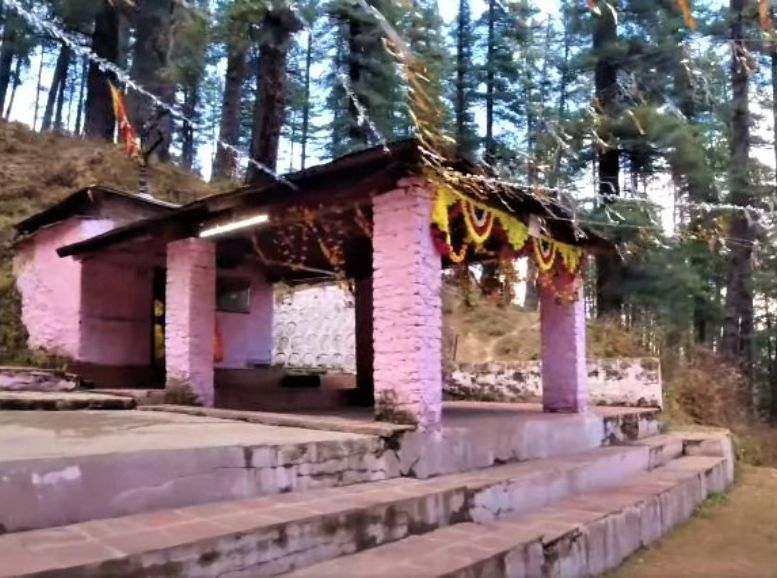
Nestled close to Joshimath, the Bhavishya Badri Temple holds a special place among the Panch Badri sites dedicated to Lord Vishnu. Legend imbues this temple with a sense of prophecy, as “Bhavishya” translates to “future” – destined to be the primary seat of Vishnu worship after the current age (Kali Yuga) ends. The temple’s tranquil atmosphere and intricate architecture captivate visitors seeking spiritual solace and blessings from Lord Vishnu.
Pandukeshwar:
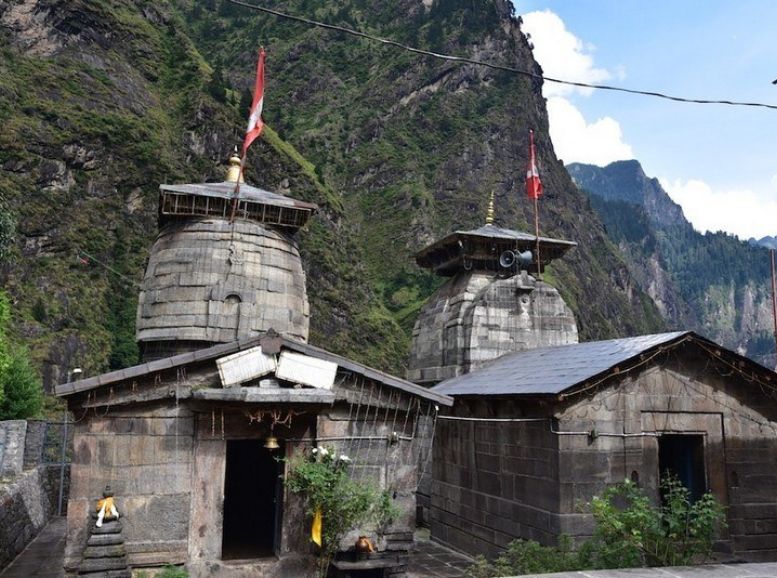
Pandukeshwar, a charming stopover on the road to Hemkund Sahib, boasts historical significance and breathtaking scenery. Steeped in legend, the village is said to have offered refuge to the Pandavas, heroes of the Mahabharata, during their exile. A sacred site, Pandukeshwar houses the ancient Yogadhyan Badri Temple. Beyond its cultural significance, the village rewards visitors with stunning vistas of the surrounding Himalayan peaks, making it a picture-perfect pause on your pilgrimage journey.
Nanda Devi National Park:
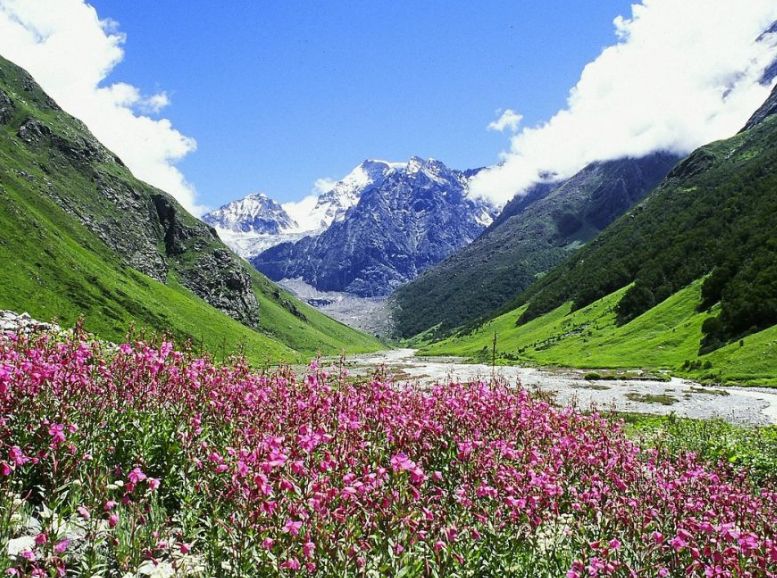
A UNESCO World Heritage Site bordering the Valley of Flowers, Nanda Devi National Park is a haven for nature enthusiasts. This park, crowned by India’s second-highest peak, Nanda Devi, offers a spectacular tapestry of life. Explore pristine forests teeming with diverse flora, wander through vibrant alpine meadows, and delve into high-altitude ecosystems brimming with unique wildlife. Nanda Devi National Park is a true celebration of biodiversity in the heart of the Himalayas.
Panch Prayag:
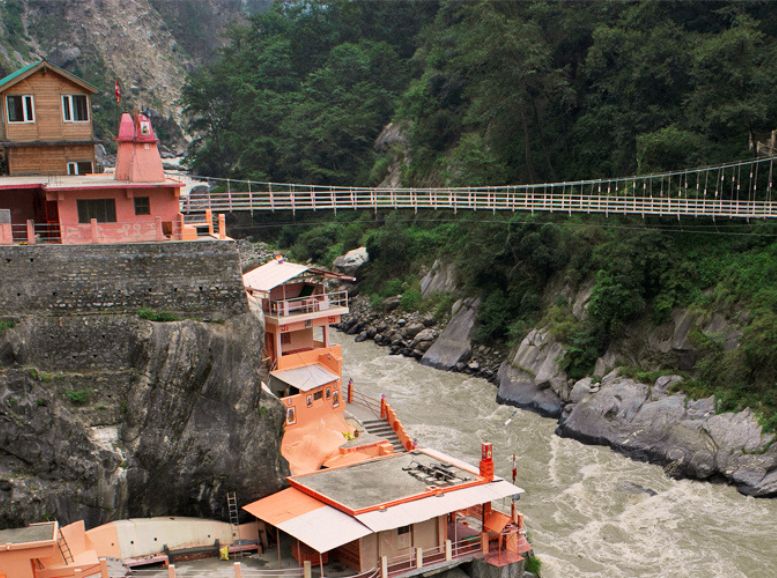
Unveil the spiritual significance of the Panch Prayag – five sacred confluences where rivers converge to form the Ganges. Devprayag, Rudraprayag, Karnaprayag, Nandaprayag, and Vishnuprayag, each a meeting point of two rivers, hold immense reverence in Hinduism. These tranquil settings, where the life-giving waters merge, offer pilgrims a chance for prayer, reflection, and a profound connection to the divine.
Govind Pashu Vihar Wildlife Sanctuary:
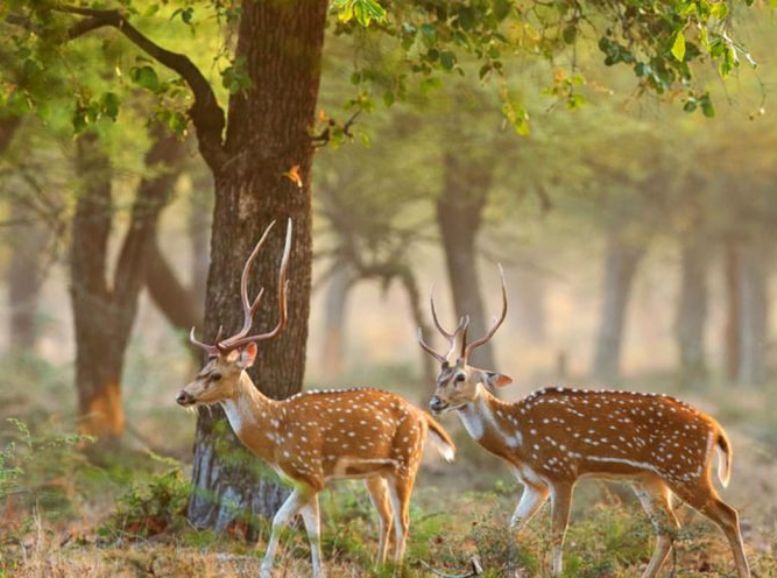
A haven for wildlife enthusiasts, Govind Pashu Vihar Wildlife Sanctuary lies near Govindghat. This protected area shelters a rich tapestry of Himalayan creatures. Look for elusive snow leopards, powerful Himalayan black bears, and the rare musk deer as you explore the pristine landscapes. The sanctuary offers opportunities for wildlife safaris, birdwatching expeditions, and nature walks, immersing you in the wonders of the region’s biodiversity.
Narsingh Temple:
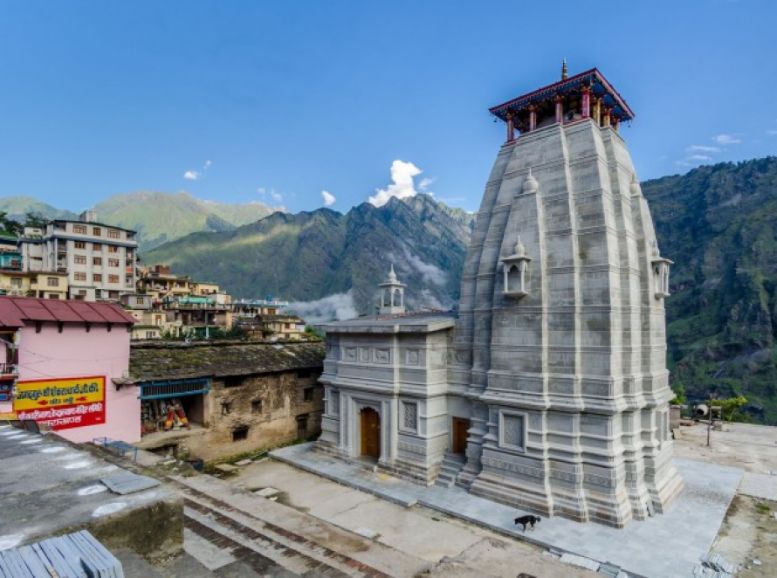
Joshimath’s Narsingh Temple, dedicated to Lord Vishnu’s fierce avatar, Narasimha, is a revered pilgrimage site. Attributed to the influential Hindu scholar Adi Shankaracharya, the temple draws devotees seeking blessings for protection, strength, and prosperity. The temple’s architecture and its place in Hindu history make it a significant landmark in Joshimath.
Saraswati River:
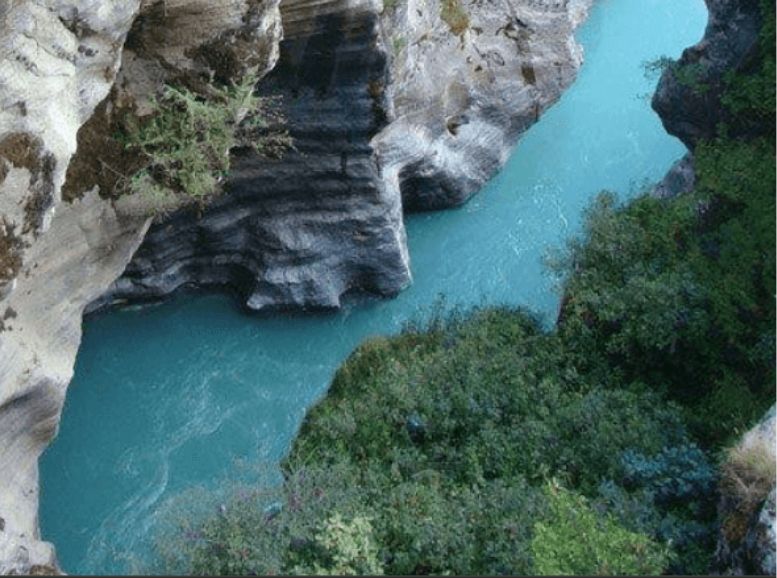
Embark on a journey to Mana Village, near Badrinath, where the legendary Saraswati River is believed to originate. This mythical river, revered in Hindu scriptures, is said to flow through picturesque valleys and traditional villages. Exploring the region surrounding the Saraswati River offers a unique opportunity to delve into the rich cultural and natural heritage of the Himalayas. While the physical Saraswati may be a river of myth, its presence continues to shape the landscape and traditions of this special place.
Immersive Cultural Encounters:
- Langar: Help out or enjoy a free meal at the langar, the Gurudwara’s community kitchen. Sharing food and service strengthens the feeling of community.
- Evening Prayer: Join the Rehras Sahib prayers at sunset. The chanting and hymns create a peaceful atmosphere.
- Markets: Find unique souvenirs, clothing, and handicrafts in the local markets. Chat with artisans and learn about their crafts.
- Food: Try Garhwali dishes like Aloo ke Gutke (potato curry), Mandua ki Roti (flatbread), and Kafuli (wild greens curry) at local restaurants or dhabas.
- Local Life: Talk to friendly locals and learn about their traditions and way of life. Visit nearby villages to experience Garhwal culture firsthand.
- Performances: Enjoy lively folk music and dance shows that showcase the region’s traditions.
- Festivals: If you’re lucky enough to visit during a festival like Baisakhi or Guru Nanak Jayanti, witness the vibrant celebrations and colorful processions.
Explore Beyond the Usual Sights:
Spiritual Retreat:
Hemkund Sahib’s tranquility fosters spiritual awakening. The serene atmosphere and the gurudwara’s uplifting vibrations create a perfect sanctuary for meditation and inner reflection. Immerse yourself in spiritual practices, allowing for rejuvenation of the soul and a connection to something greater.
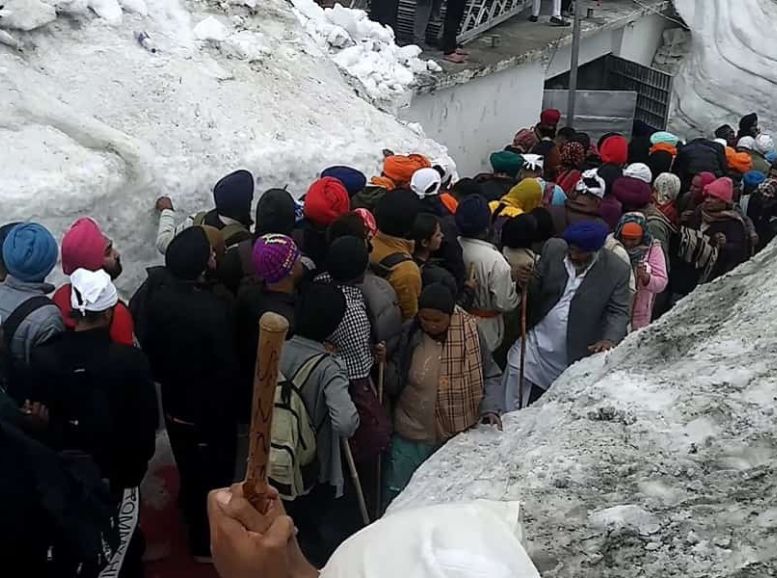
Nature Walks:
Lace up your boots and explore the magic of the Himalayas on leisurely nature walks. Stroll through verdant meadows bursting with wildflowers, and lose yourself amidst the serenity of towering forests. Breathe in the crisp mountain air, invigorating your senses with each step. Listen to the symphony of nature – the melodic chirping of birds, the gentle rustle of leaves, and the murmur of streams – creating a truly unforgettable experience.
Photography Expedition:
Hemkund Sahib is a photographer’s paradise. From awe-inspiring panoramas of snow-capped Himalayan peaks reflected in the still waters of the lake to captivating close-up shots of vibrant wildflowers blanketing the meadows, endless photographic opportunities await. Capture the serenity of the Gurudwara bathed in the golden hues of sunrise or the dramatic play of light and shadow on the mountain slopes. Hemkund Sahib’s unique beauty promises to leave you with a portfolio of unforgettable images.
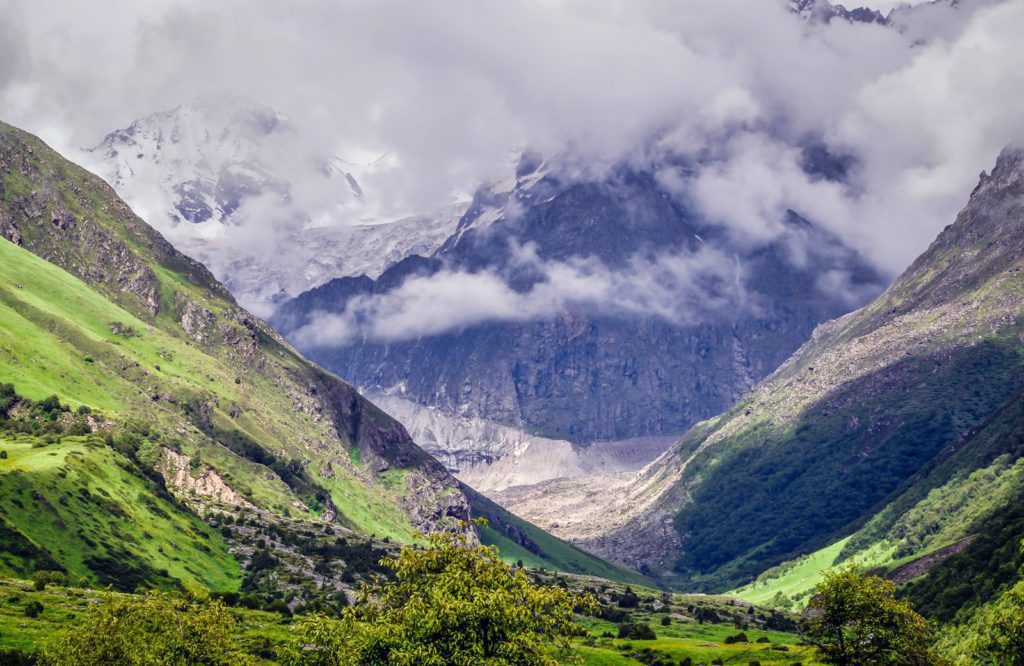
Cultural Immersion:
Immerse yourself in the rich tapestry of Garhwali culture by connecting with the local villagers. Visit nearby villages and experience their warm hospitality. Strike up conversations to learn about their traditional way of life, passed down through generations. Participate in vibrant local festivals or cultural events, witnessing the region’s heritage come alive. These interactions will offer a deeper understanding and appreciation for the Garhwal’s unique spirit.
Adventure Activities:
Hemkund Sahib serves as a base camp for thrilling adventures in the Himalayas. Challenge yourself with invigorating treks, pushing your limits as you traverse breathtaking landscapes. For a deeper connection with nature, camp under a blanket of stars, surrounded by the majesty of the mountains. Experienced climbers can tackle challenging rock faces, conquering new heights and reveling in the panoramic rewards. Hemkund Sahib offers a playground for adventure enthusiasts, inviting you to explore the wilderness and create unforgettable memories.
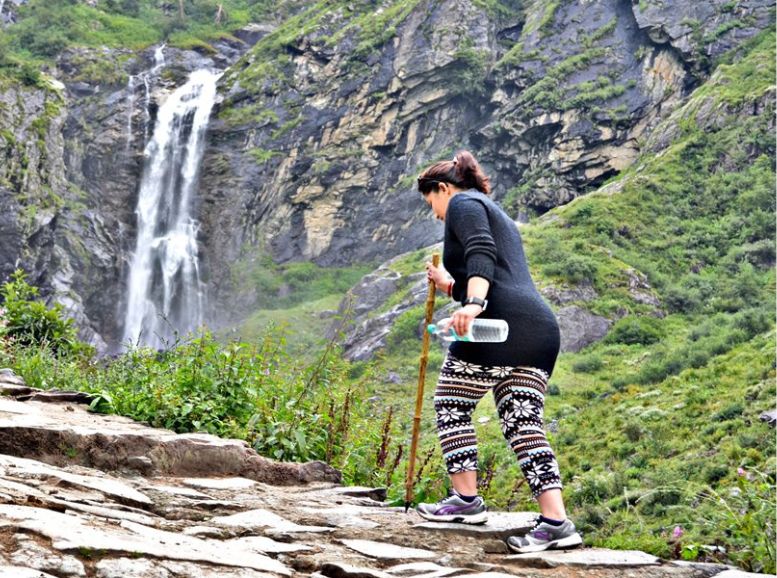
Culinary Delicacies:
- Aloo ke Gutke: Indulge in spicy and tangy sautéed potatoes seasoned with local spices, providing a flavorful treat for your taste buds.
- Mandua ki Roti: Savor the wholesome taste of flatbread made from finger millet flour, typically served with ghee (clarified butter) or paired with local curries for a fulfilling meal.
- Kafuli: Delight in the traditional Garhwali dish of spinach and fenugreek leaves cooked in buttermilk and aromatic spices, offering a comforting and nutritious dining experience.
- Rasbhaari: Enjoy the sweet and tangy flavors of tomato-based curry seasoned with spices and garnished with fresh coriander, perfect for enhancing the taste of bread or rice dishes.
- Chainsoo: Relish the protein-rich black gram lentil curry, infused with the flavors of cumin, coriander, and asafoetida, providing a satisfying and wholesome culinary delight.
- Singhori: Treat yourself to the indulgent dessert of sweetened khoya (reduced milk) encased in a crispy flour pastry, delivering a delightful fusion of textures and flavors.
Transportation:
Reaching Hemkund Sahib, nestled in the Himalayas, requires some planning for transportation. Most visitors travel by car or taxi from nearby cities like Rishikesh, Haridwar, or Dehradun, reaching Govindghat, the starting point for the trek. Budget-minded travelers can opt for regular buses on this route. The final leg to Hemkund Sahib is a challenging 19-kilometer hike with stunning scenery, but be prepared for uneven terrain. If you’d prefer to shorten the trek, some tour companies offer helicopter rides to Ghangaria. Pony rides from Ghangaria are another option for those who find hiking difficult. Finally, travelers can hire mules to carry luggage or porters to assist them on foot. With a variety of transportation options available, Hemkund Sahib awaits your spiritual journey.
Things to remember:
- Acclimatization: Take a day or two to adjust to the high altitude by staying in nearby towns like Govindghat or Ghangaria before beginning the trek.
- Fitness Preparation: Prioritize physical fitness by engaging in regular exercise and short hikes to build endurance for the trek’s challenges.
- Pack Essentials: Equip yourself with necessary items such as trekking gear, warm clothing, rain gear, sunscreen, sunglasses, a first-aid kit, water bottles, energy snacks, and any required medication.
- Stay Hydrated: Maintain hydration levels by drinking plenty of water throughout the trek to prevent dehydration, especially in the high-altitude environment.
- Weather Check: Stay informed about the weather forecast and dress appropriately in layers to adapt to fluctuating temperatures and weather conditions along the trekking route.
- Respect Local Customs: Demonstrate respect for Sikh customs and traditions by observing decorum at the Gurudwara, covering your head, and being mindful of religious practices.
- Environmental Conservation: Practice responsible trekking by adhering to designated trails, disposing of waste properly, and minimizing your environmental impact on the natural surroundings.
- Travel Insurance: Secure comprehensive travel insurance coverage that includes protection for medical emergencies, evacuation, trip cancellations, and specific considerations for high-altitude trekking.
Conclusion
Hemkund Sahib beckons as more than a physical journey; it’s a spiritual odyssey amidst the Himalayas. From traversing rugged terrain to immersing in prayer at the Gurudwara, every moment holds profound significance. As travelers return, they carry cherished memories and newfound insights. Experience the transformative essence of Hemkund Sahib with us at Xplro.com, where each step becomes a pilgrimage of the soul, enriching and inspiring beyond measure.
FAQs
What is the significance of Hemkund Sahib?
- Hemkund Sahib holds great religious significance for Sikhs and Hindus. For Sikhs, it is believed to be the place where Guru Gobind Singh, the tenth Sikh Guru, meditated in his previous life. For Hindus, it is associated with the mythological lake mentioned in the ancient texts as the place where Lakshmana, the brother of Lord Rama, meditated.
Where is Hemkund Sahib located?
- Hemkund Sahib is situated in the Chamoli district of Uttarakhand, India, at an altitude of about 4,329 meters (14,200 feet) above sea level.
How do I reach Hemkund Sahib?
- To reach Hemkund Sahib, travelers typically first travel to Govindghat by road from major cities like Rishikesh or Haridwar. From Govindghat, a trek of approximately 19 kilometers leads to Hemkund Sahib, passing through the town of Ghangaria.
What is the best time to visit Hemkund Sahib?
- The best time to visit Hemkund Sahib is from June to September, during the summer and monsoon seasons. During this time, the weather is relatively mild, and the trekking route is accessible.
What are the accommodation options near Hemkund Sahib?
- Accommodation options near Hemkund Sahib include guesthouses, lodges, and tents available for rent in Ghangaria. Some visitors also choose to stay in Gurudwaras or campsites along the trekking route.
Is there any medical facility available at Hemkund Sahib?
- Basic medical facilities are available at the Gurudwara in Hemkund Sahib, including first aid and assistance for minor ailments. However, for serious medical emergencies, visitors may need to be evacuated to nearby towns like Joshimath or Govindghat for further treatment.
What should I pack for a trek to Hemkund Sahib?
- Essential items to pack for a trek to Hemkund Sahib include warm clothing, sturdy trekking shoes, rain gear, sunscreen, sunglasses, a first-aid kit, water bottles, energy snacks, and any required medication.
Are there any restrictions or guidelines for visiting the Gurudwara?
- Visitors are expected to maintain decorum and respect religious customs while visiting the Gurudwara. Covering the head with a scarf or head covering is mandatory, and consumption of alcohol or non-vegetarian food is prohibited on the premises.
How long does it take to trek to Hemkund Sahib?
- The trek to Hemkund Sahib typically takes around 6 to 8 hours, depending on the trekker’s pace and physical fitness. It is advisable to start the trek early in the morning to avoid trekking during the hottest part of the day.
What is the difficulty level of the trek to Hemkund Sahib?
- The trek to Hemkund Sahib is considered moderately challenging due to the steep ascent and rugged terrain. It requires a reasonable level of fitness and stamina, especially for the final stretch of the trek.
Are there any alternative modes of transportation to reach Hemkund Sahib?
- Some tour operators offer helicopter services from Govindghat to Ghangaria, reducing the trekking distance to Hemkund Sahib. Pony rides and mule services are also available for those who prefer not to trek on foot.
Can I visit Hemkund Sahib with children or elderly family members?
- While visiting Hemkund Sahib is possible for children and elderly family members, it is essential to consider their physical capabilities and health conditions. The trek can be physically demanding, so it’s advisable to consult with a healthcare professional before planning the trip.






